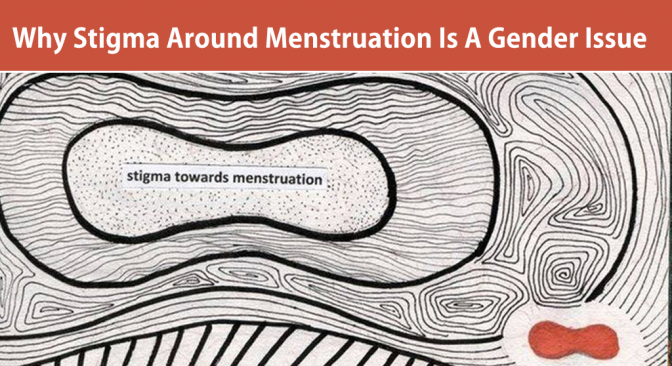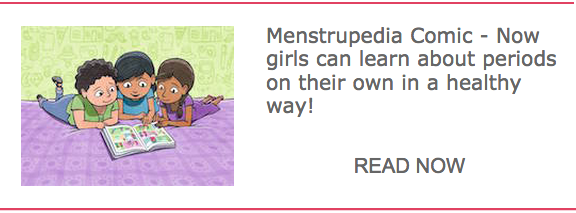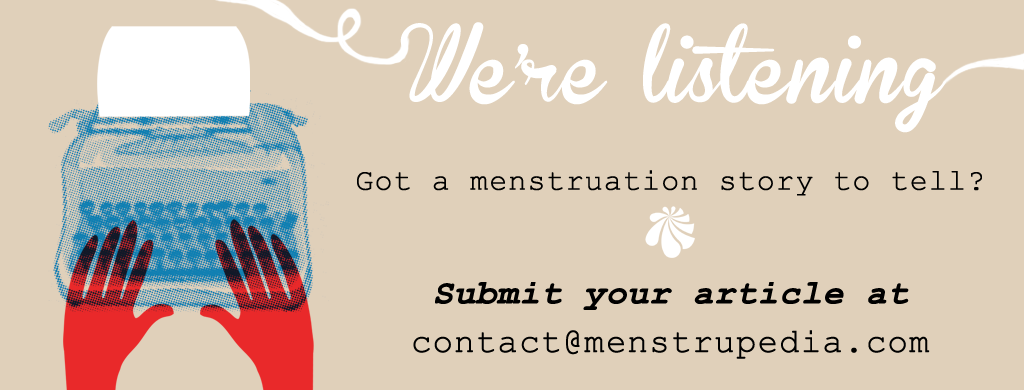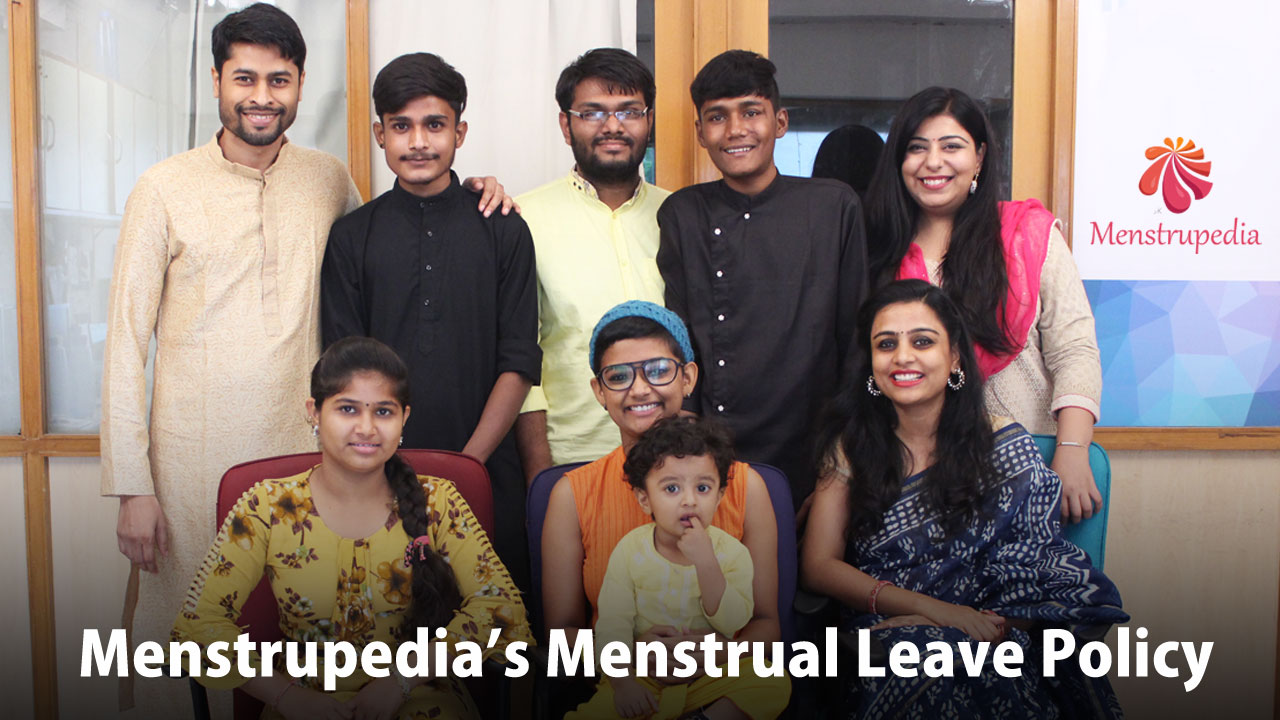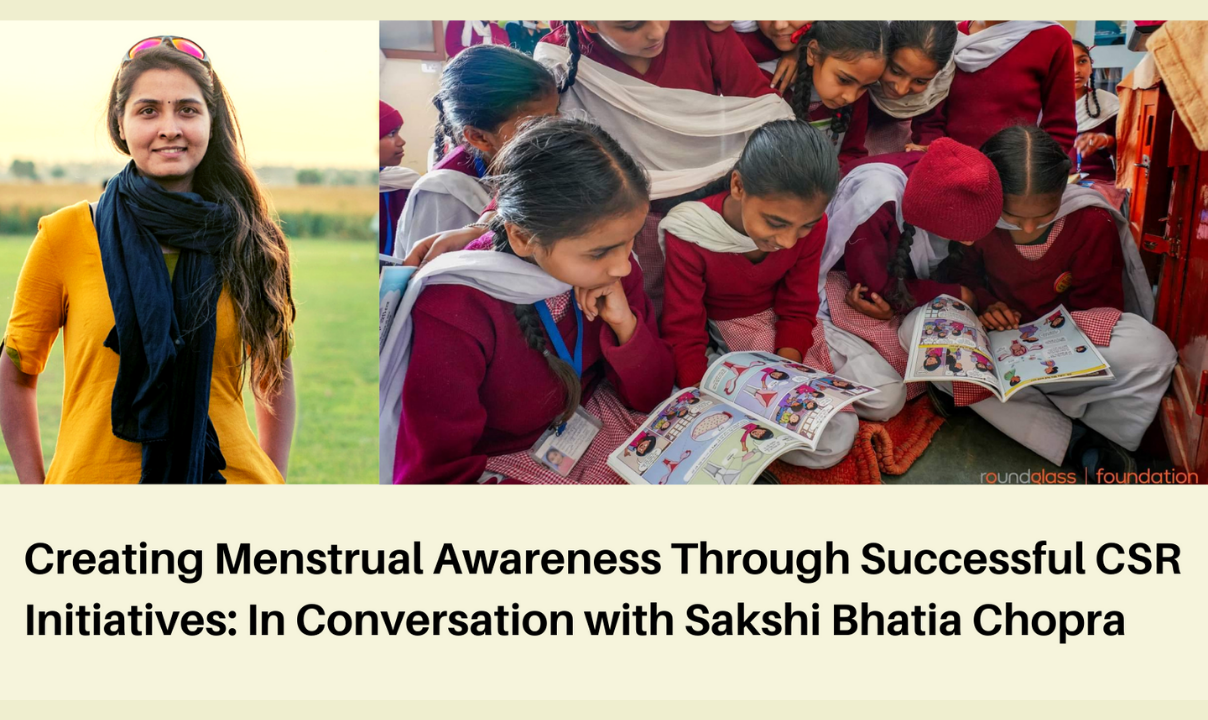On any given day, more than 800 million women and girls between the ages of 15 and 49 are menstruating worldwide. That’s right, I said it: menstruating.
For me, being on my period can be a minor nuisance: uncomfortable, yes, but something I understand, expect, and can manage safely, hygienically and easily. Unlike millions of girls around the world, I had the benefit of a mother who understood her menstrual cycle and talked to me about it when I was young. My father understood it, too, and didn’t find it dirty or view it as something that made me weak or marginal. I went to a school where it was included in our puberty and sexuality education curriculum. And I grew up with ready access to a private toilet with a sink and soap, towels and menstrual hygiene products (thanks Mom!), at home, school, and any other public place I might be.
Unfortunately, my experience sounds luxurious for many.
For millions of women and girls, there is no toilet, no sexuality education—possibly not even the chance to go to school. For some, there may not be menstrual hygiene supplies—save for a cloth that has been used and reused—and there may be no knowledge about what it means to have your period, let alone that it’s something normal and natural. In India, for example, one study found that nearly 70% of girls had no idea what was happening to them the first time they menstruated.
This lack of information can have a powerful ripple effect, leading women and girls to be subjected to stigma, discrimination, violence, or even have food, water, shelter and other shared goods be withheld from them. As if that weren’t enough, taboos, cultural norms and the lack of education around menstruation can contribute to higher school dropout rates, and, in turn, greater likelihood of early marriage and/or early pregnancy, and a trans-generational cycle of poverty.
Suffice to say, menstruation matters.
Menstrual hygiene management (MHM) rarely appears in donor strategies, national government policies or advocacy agendas. On a good day, it might be a component of national sexuality education curriculum, but this presumes kids are going to school and are able to get this information. Menstrual hygiene management is perhaps on the agenda of health care workers. But according to a recent report by the World Health Organization, at least 20% of health care facilities in developing countries don’t have improved toilets and sanitation facilities—and one-third of the world’s population doesn’t have improved sanitation at home. And where toilets do exist? Chances are that they don’t have all of the ‘features’ that women and girls need to manage their periods safely, effectively and in dignity—simple things like privacy, locking doors, lights, soap, water, and enough space to change sanitary cloths and wash and dry them as needed.
Taken together, it remains remarkably difficult for far too many women and girls in developing countries to put into practice whatever it is that they might be learning about menstruation hygiene management—if they’re learning about it at all. This is compounded by questions of what the men in their lives know and how they view menstruation, too.
Recently, WaterAid asked 2000 people what they thought would be different if men menstruated instead of women. One-fifth of those surveyed believed that religious ceremonies would celebrate the first menses and that there would be new emoticons for use in telling the social media world that you have your period. One-quarter believed white sportswear would be banned.
In some ways this was a silly exercise. It recognized that menstruation is something we’re often uncomfortable discussing and that humor is often the best way through discomfort. But it also highlights an important truth: there is a stigma attached to menstruation and it’s linked to the fact that only women menstruate.
It’s time to bring difficult issues like menstruation out of the shadows, and to recognize that it is often the things we take for granted that best indicate how far we’ve come and how much work we still have to do. Menstrual hygiene is a harbinger of gender equality. It depends upon equal access to the right types of sanitation facilities, accurate information shared by men and women alike, and shared ownership from men and women across sectors and government ministries. But if we get menstrual hygiene right, what else will have changed in the process?
In honor of Menstrual Hygiene Day, and 800 million of my sisters around the world who are menstruating this very minute, join us in challenging stigma by sharing our new “Manpons” video and telling the world why you think #MenstruationMatters.
This article was originally published here in collaboration with the Bill & Melinda Gates Foundation
Author: Lisa Schechtman is a Director of Policy and Advocacy at WaterAid.
Image Sources: http://bit.ly/1BDcFsR


